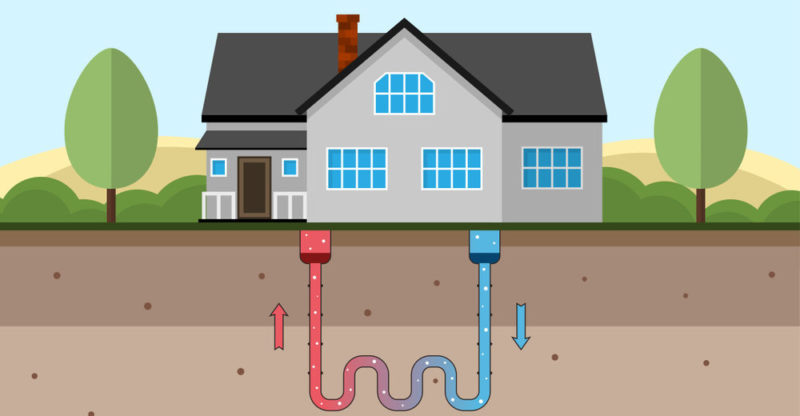We explain what geothermal energy is, how it is classified and its advantages and disadvantages. Also, what are its characteristics and uses.
What is geothermal energy?
Geothermal energy is known as a type of renewable energy obtained from the use of the internal heat of the planet , which is transmitted through layers of rock and hot minerals through conduction and convection processes.
The center of the Earth is composed of molten iron at a depth of about 5000 km, whose temperatures can exceed 6700 ° C and are transmitted more or less towards the outermost layers of the earth’s surface.
From there they can be retransmitted or recovered by geothermal technology through various modes and used to provide heat or electricity to the population .
Geothermal energy is a relatively clean and renewable form of energy , although in the very long term (probably billions of years) the gradual cooling of the Earth’s core, which solidifies at a rate of 0.5 mm per year, would be a inefficient way of obtaining energy .
Geothermal reservoirs
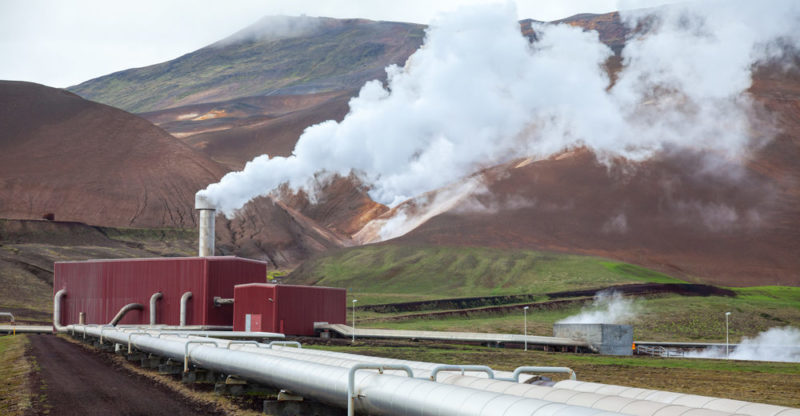
Geothermal energy is extracted from so-called “reservoirs” under the earth’s crust. It is hot water, steam or other substances that, buried under layers of rock, are naturally at very high temperatures.
The process of extracting said hot water or steam consists of drilling until reaching the reservoir and taking the boiling substance through a pipe and injecting water again to reheat and so on.
This allows the cycle to be perpetuated and if it is done in a controlled manner, the environmental impact of the process on the soil and atmosphere can be reduced .
There are also dry deposits , which are underground areas of high temperature but without the presence of water, which can be used to create a thermal circuit from the injection of water and its subsequent recovery.
Why is it called that?
The word “geothermal” comes from the union of two Greek words: Geos , which translates as “earth” and Thermos, which means “heat” . Thus, it literally translates “the heat of the Earth.”
Types of geothermal energy
According to the degree of heat in the reservoir, we can talk about:
- High temperature geothermal energy . Active areas of the crust that are between 150 and 400 ° C, are ideal for large geothermal sites.
- Medium temperature geothermal energy . Normally between 70 and 150 ° C, they allow exploitation in more limited variants, such as small power plants.
- Low temperature geothermal energy . Usable in large areas, whose temperature ranges between 50 and 70 ° C.
- Very low temperature geothermal energy . Fluids range from 20 to 50 ° C, making them suitable for heating small-scale projects.
Advantages of geothermal energy
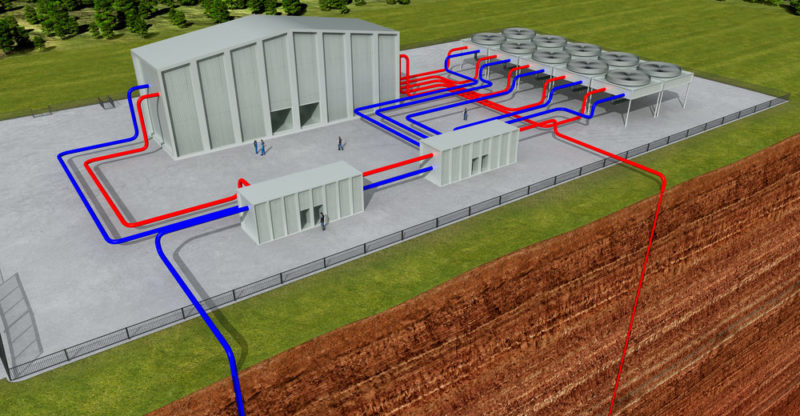
The advantages of this type of energy have to do with its renewable nature , since when done correctly only the heat of the earth is used and the ecosystem is not altered so much , which also makes it relatively ecological.
Especially if we compare it with the burning of fossil fuels, which is one of the main polluting activities in the world.
On the other hand, it is thrifty, relatively inexpensive , does not require large buildings or drastic alterations in the landscape, and geothermal plants do not generate greater external noise.
On the other hand, their prices are always local, national , since they do not demand exhaustible raw material to function.
Disadvantages of geothermal energy
The disadvantages of geothermal energy have to do more than anything with its non-reinjected management, that is, it does not handle closed circuits for the flow of steam or hot water , since they can spill chemical substances that deteriorate the landscape, or release gases to the atmosphere.
In general, however, its biggest drawbacks have to do with the long study, preparation and installation time before its use , and also the fact that its consumption is local, that is, it is a type of energy that cannot be used. transported.
Likewise, the sudden cooling of the subsoil when it receives the injection of water from the surface has sometimes caused local microseisms.
Uses of geothermal energy
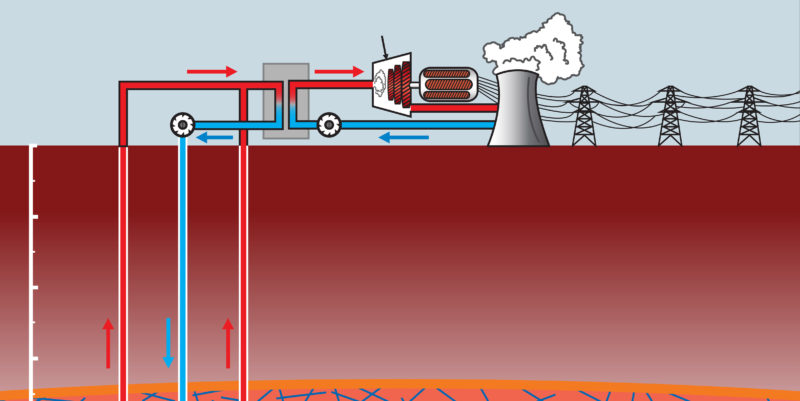
This type of energy can be used for four main purposes:
- Heating. Either directly, through household or urban heating appliances, or through distribution networks that take advantage of the temperature of the fluids.
- Generation of electricity. Through turbines located in geothermal power plants, steam is used to produce electricity for urban and industrial consumption.
- Refrigeration. Through absorption and geothermal cold pumps.
- Desalination. Recently (2001-2005) the production of desalinated water began through evaporation and condensation processes using geothermal energy.
Geothermal plants
Geothermal plants are a reliable and low-cost source of electricity , which began to be used since 1904 (the first was in Lardello, Italy ).
It is estimated that around 12.8 GW of energy is used worldwide from this source, of which the US only produces 3525 MW.
The three largest producers of geothermal electrical energy are the United States (27.5%), the Philippines (15%) and Indonesia (10.8%).
Extinction of geothermal reservoirs

Many deposits have shown evidence of magma cooling , that is, the extinction of its energy sources. This may be due to the mismanagement of the reinsertion of cold wastewater into the reservoirs, or perhaps, as the Icelandic government warned in a report , this method of exploitation may not be 100% renewable.
Geothermal heat pumps
Heat pumps are devices used to redirect heat from geothermal reservoirs to buildings and homes, allowing us to take advantage of the temperature of the subsoil to heat us.
This allows to consume less electricity or fuel gas , representing considerable economic and ecological savings.
Future of geothermal energy
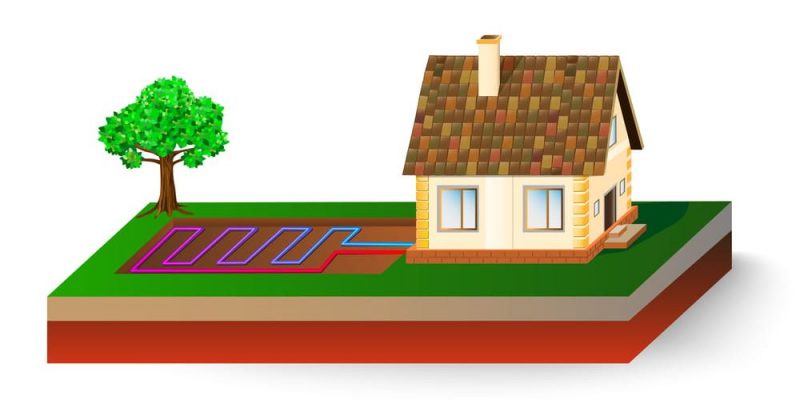
The economic costs and sustainability of geothermal energy make it a rising energy source for the future. Given the ecological disasters that the burning of fossil fuels has brought to the world, as well as the constant fluctuation of international oil prices, it is a viable alternative for the future , which is why many companies and organizations are investing in its development and improvement.
The above content published at Collaborative Research Group is for informational and educational purposes only and has been developed by referring reliable sources and recommendations from technology experts. We do not have any contact with official entities nor do we intend to replace the information that they emit.
